Rediscovering the Golden Age of PC Gaming- A Beginner's Guide to Playing Classic DOS Games
Rediscovering the magic of classic DOS games can be an exciting journey for both new and seasoned gamers. This beginner’s guide will help players start enjoying these nostalgic titles through easy steps. From understanding how DOS games shaped the gaming world to learning about the tools needed to play them today, there’s so much to explore.
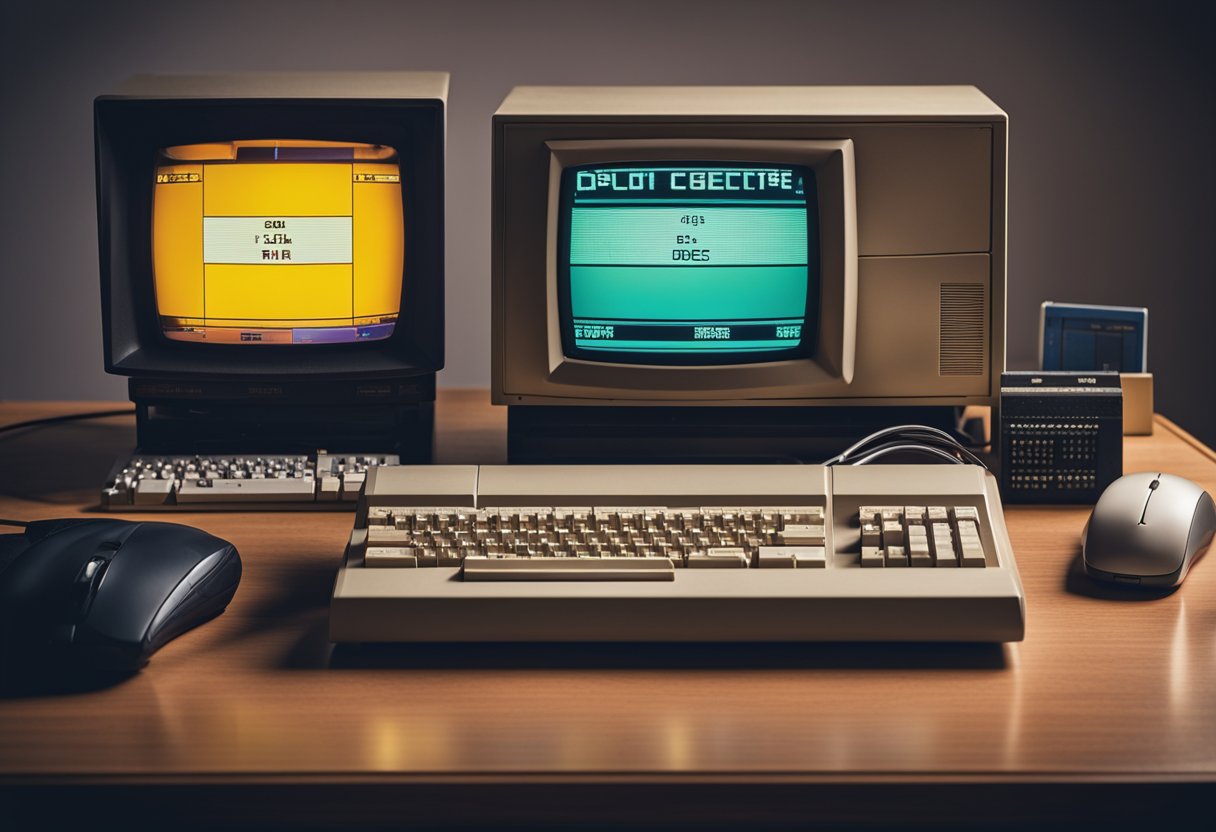
The appeal of these vintage games is undeniable. They offer unique gameplay experiences and often challenge players in ways modern games do not. As players prepare to dive into this golden age of gaming, they will find that the thrill of adventure is just a few clicks away.
By following the step-by-step methods outlined in this guide, anyone can prepare their PC and begin playing classic DOS games. With some patience and a willingness to troubleshoot common issues, the rich legacy of DOS gaming can come alive again.
Key Takeaways
- Emulators are essential for playing classic DOS games on modern PCs.
- Engaging with the gaming community can enhance the experience.
- Lots of digital libraries offer easy access to classic titles.
The Attraction of Classic DOS Games
Classic DOS games hold a unique charm that continues to attract players. These games represent a distinct era of creativity and innovation in the PC gaming world. Whether it’s their nostalgic graphics or engaging gameplay, they continue to captivate both old and new players alike.
Understanding the DOS Gaming Era
The DOS gaming era spans from the late 1980s to the mid-1990s. During this time, many iconic titles emerged. Games like Doom, Prince of Persia, and Commander Keen became household names.
These games were designed for the MS-DOS operating system, shaping the foundations of gaming. Their pixel art graphics and simple sound effects evoke nostalgia. Players often appreciate the straightforward mechanics that require skill and strategy.
PC games from this era often featured genres such as platformers, adventure games, and role-playing games. They offered diverse gameplay experiences. The limited technology pushed developers to be creative, leading to memorable stories and immersive worlds.
Why Classic PC Games Are Timeless
Many find classic PC games timeless due to their engaging gameplay and creativity. They often possess a simple yet addictive nature that keeps players returning for more.
The community around classic DOS games remains strong. Players often share tips, cheats, and memories online, creating a shared experience. Replaying these games can bring back fond memories of childhood.
Additionally, simple graphics don’t deter enjoyment. Many players appreciate the charm and character these games possess. The slower-paced gameplay allows for more thoughtful interaction, unlike some fast-paced modern titles.
Ultimately, classic DOS games are more than just entertainment; they represent a beloved piece of gaming history that continues to inspire and attract new generations.
Preparing Your PC for DOS Gaming
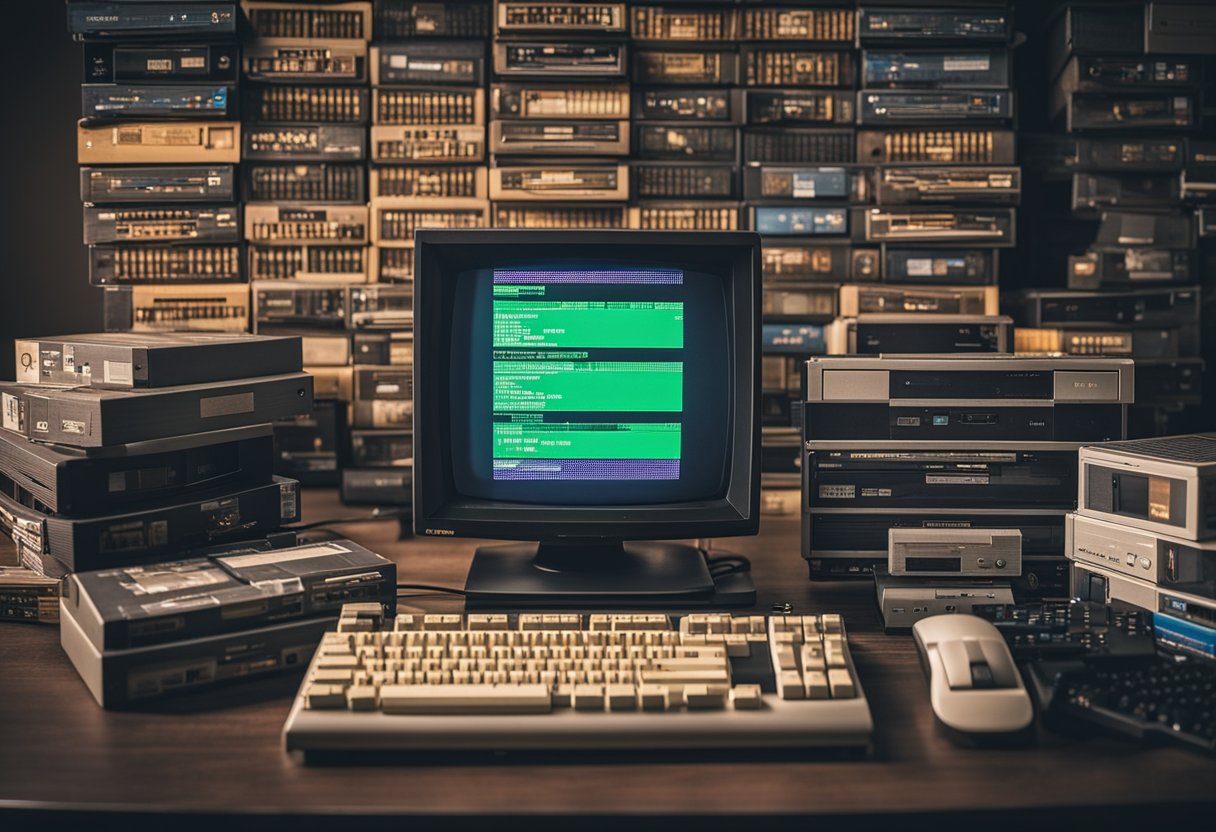
Getting ready to play classic DOS games involves ensuring that the PC meets the necessary requirements and selecting appropriate hardware. Here are the key considerations for preparing a PC for an enjoyable DOS gaming experience.
System Requirements for DOS Emulators
To enjoy DOS games, the PC needs compatible system specifications. Generally, a modestly powered machine is sufficient.
Minimum Requirements:
- CPU: Any Intel or AMD processor from the last decade works well.
- RAM: 4 GB is more than enough. Most DOS games require less than 1 MB.
- Storage: An SSD can enhance load times, but even a mechanical HDD suffices.
- OS: Windows, Linux, or macOS can run DOS emulators.
Recommended Specs:
- CPU: For better performance, Intel i5 or AMD Ryzen 5 is ideal.
- RAM: 8 GB ensures smooth multitasking.
- Graphics: A basic GPU from NVIDIA or AMD will support higher resolutions.
Meeting these requirements ensures that the emulator runs smoothly, maintaining a nostalgic experience.
Choosing the Right Hardware and Peripherals
When setting up for DOS gaming, selecting the right hardware enhances the experience.
Key Components:
- GPU: While many DOS games do not need advanced graphics, a modest NVIDIA or AMD graphics card can help with better resolutions and refresh rates.
- Mouse and Keyboard: It's best to use a standard USB mouse and keyboard. Gaming peripherals aren’t necessary, but a mechanical keyboard may offer a better feel for classic titles.
- Display: A monitor with at least 1080p resolution complements the graphics of DOS games.
Optional Additions:
- Game Controllers: Some players prefer using retro-style game controllers to recreate the classic feel.
- Sound Card: A sound card may improve audio quality, especially for games that had rich soundtracks.
Choosing the right hardware and peripherals sets the stage for a smooth, enjoyable gaming experience with classic DOS titles.
Installing and Configuring DOS Emulators
Getting started with classic DOS games involves selecting the right emulator and setting it up properly. This section outlines well-known options for beginners, a detailed installation guide, and how to adjust emulator settings for optimal performance.
Popular DOS Emulators for Beginners
There are several DOS emulators available, but a few stand out for their user-friendly features. DOSBox is the most popular choice, designed specifically for running MS-DOS games. It works on various operating systems, including Windows, Mac, and Linux. Another option is vDos, which focuses on running business applications from DOS.
Both emulators are free and relatively simple to use. They come with features like adjustable CPU cycles and sound emulation, allowing users to customize their experience. Beginners should start with DOSBox to get a feel for the classic gaming environment.
Step-by-Step Installation Guide
To install DOSBox, first visit the official DOSBox website. Choose the correct version for the system. For Windows, select the 32-bit or 64-bit version based on the system specs. Download the installer and run it.
Follow these steps:
- Run the Installer: Click the downloaded file and follow the prompts.
- Default Settings: Keep the default settings unless a specific change is necessary.
- Launching DOSBox: After installation, open DOSBox through the Start Menu or desktop shortcut.
To set up vDos, download it from the vDos website. Unzip the folder and place it in a permanent directory. No installation is required; simply run the vDos executable to start.
Configuring Emulator Settings
Configuring emulator settings is crucial for a smooth gaming experience. In DOSBox, users can edit the DOSBox.conf file to adjust options such as CPU cycles and graphics output. Generally, consider increasing CPU cycles for better game speed.
For vDos, settings can be adjusted by modifying the vDos.ini file. Key areas to look at include screen resolution and keyboard mapping. Users can enable full-screen mode and set the initial directory for ease of access to games.
Overall, tweaking these settings helps enhance performance and compatibility. It's essential to experiment a bit to find the best setup for each game.
Exploring Digital Storefronts and Libraries
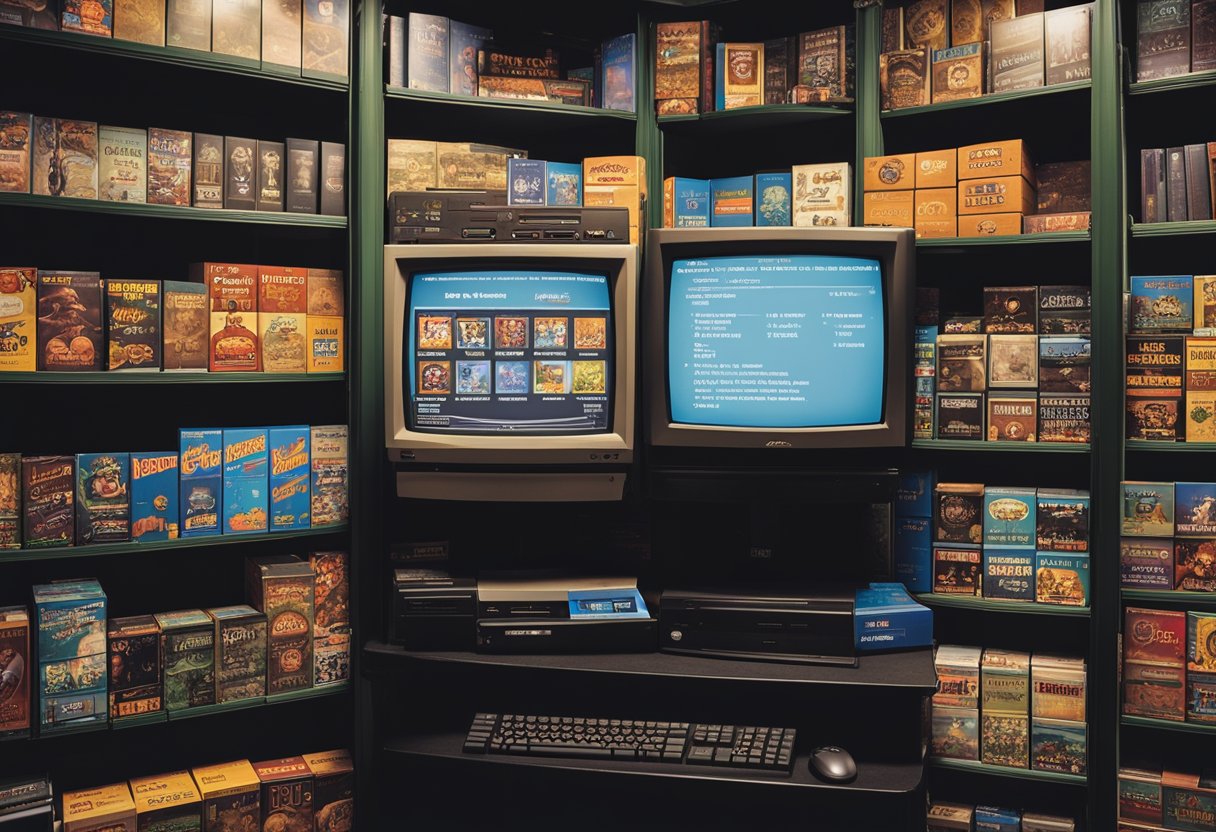
Digital storefronts offer a great way to find and access classic DOS games. Many platforms feature these retro titles, making it easier for beginners to jump into gaming's golden age. Here, key places to search and collect these valuable games are explored.
Finding DOS Games on Steam and Other Platforms
Steam, one of the most popular digital storefronts, features some classic DOS games with modern updates. Users can search the “Classic” or “Retro” categories to discover hidden gems. Titles like Gone Home showcase how stories from the past are reimagined.
Other platforms, such as GOG (Good Old Games), focus on DRM-free DOS games. GOG often curates bundles of classic games, ensuring compatibility with modern systems. They provide a straightforward way to buy and play without unwanted restrictions.
In addition to Steam and GOG, itch.io offers indie games and many retro titles at various pricing options. It’s worth checking out indie developers’ takes on classic gameplay.
Building Your Digital Collection
Creating a digital library is both fun and rewarding. Start by selecting key games that capture the essence of DOS gaming. Popular titles include Doom, Commander Keen, and Prince of Persia.
Each platform allows users to maintain their libraries, which can easily grow over time. Both Steam and GOG give players tools to manage downloads and updates.
Staying informed about sales can enhance your collection at lower costs. For example, seasonal sales on Steam and GOG can provide significant discounts on classic games. Furthermore, joining online communities can help find recommendations and game reviews, making it easier for players to decide what to try next.
The Essentials of DOS Gaming Mechanics
Understanding the fundamentals of DOS gaming mechanics is crucial for an enjoyable experience. Players need to grasp commands and shortcuts, as well as optimize their game settings for the best performance. This knowledge ensures they can navigate through various games effectively, from action titles to survival horror experiences.
Mastering DOS Commands and Shortcuts
Familiarizing oneself with DOS commands is essential for playing classic games. Many DOS games rely on keyboard inputs instead of mouse controls. Key commands like DIR to list files, CD to change directories, and COPY to manage files are foundational.
Players should also remember shortcuts specific to gaming. For example, using the ESC key often exits or pauses games. Games like Doom and Castle Wolfenstein provide their own shortcuts for faster gameplay. Memorizing these commands enhances efficiency and enjoyment.
Many players find value in creating a list of these commands for quick reference during gameplay. This approach minimizes interruptions and maintains a smooth gaming experience. Keeping a cheat sheet nearby can be especially handy when first starting out.
Optimizing Game Performance and Play Experience
To improve the performance of DOS games, tweaking game settings can make a significant difference. First, ensure the game runs in full-screen mode for optimal graphics. Players should also check compatibility settings if they encounter issues.
Allocation of system resources is another key area. Running a DOS game in a minimal environment—closing background applications—will free up memory and enhance play. For instance, Silent Hill might require more resources to run smoothly.
Using emulators like DOSBox can also help. They provide a layer of compatibility, allowing players to adjust settings such as CPU cycles and sound quality, ensuring the best possible experience. Familiarity with these tools is important for modern gamers diving into classic DOS titles.
Enhancing Your Gaming Experience

Improving the enjoyment of classic DOS games involves choosing the right controller and exploring modding options. Both elements can significantly enrich gameplay and create a more engaging experience.
Picking the Right Controller
The right controller can transform a gaming session. For many classic DOS games, traditional keyboard and mouse setups work well. However, an alternative gamepad can offer better comfort and control.
Popular options include USB gamepads that mimic older consoles. Their familiar layout helps players navigate effortlessly. Brands like Logitech and Xbox offer models that are compatible with various games.
Some gamers prefer specialized controllers like arcade sticks for fighting games. Ultimately, trying a few different types can help identify the best fit for personal preference.
Modding and Community Contributions
Modding can breathe new life into classic DOS games. Many dedicated communities modify original games to improve graphics, sound, and gameplay mechanics. Websites like ModDB offer a vast range of mods created by fans.
These mods can fix bugs or add features that enhance enjoyment. For instance, a mod might add widescreen support or restore deleted content. Joining forums and communities allows gamers to share experiences and find popular mods easily.
Players might also participate in creating mods. Tutorials and tools are widely available online, making it accessible for beginners. Contributing to modding projects can be rewarding and lead to fun collaborations with other fans.
Staying Engaged with the PC Gaming Community
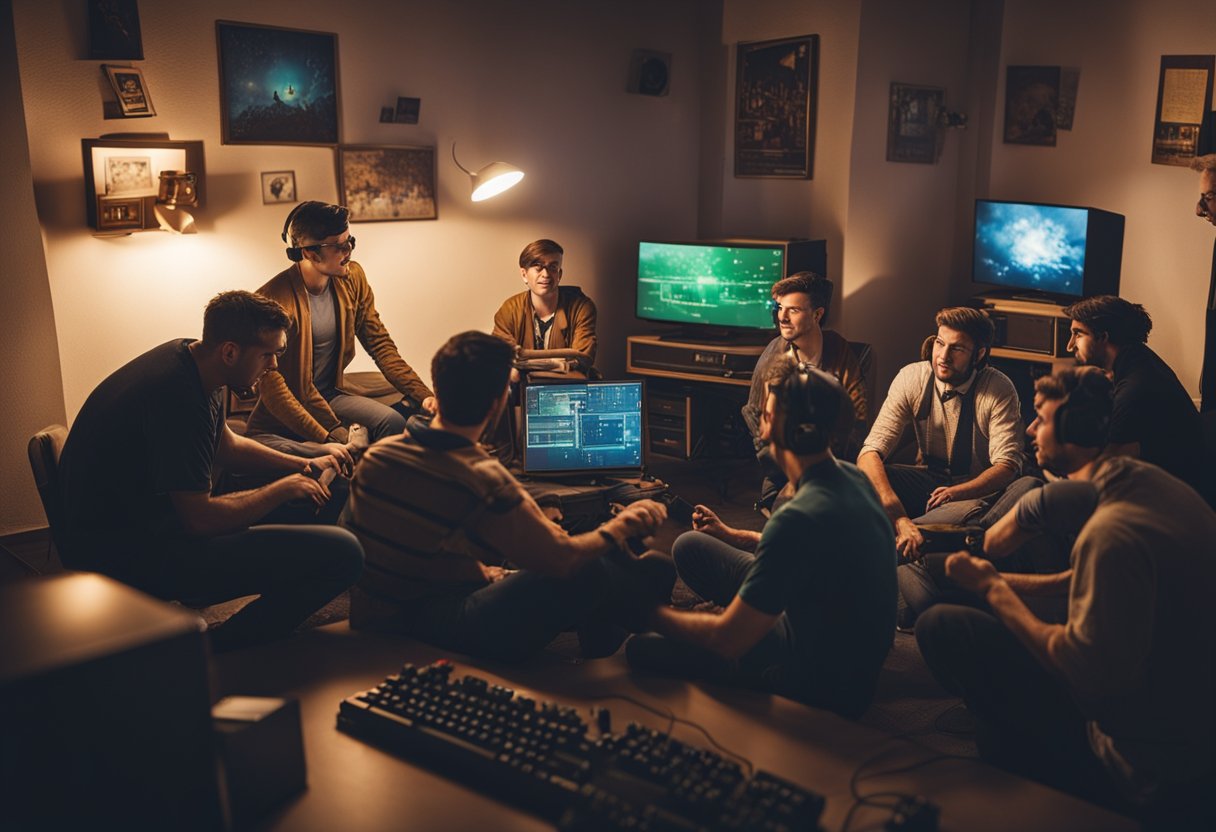
Connecting with fellow PC gamers can greatly enhance the experience of playing classic DOS games. Engaging in forums, joining online partners, and learning from seasoned gamers offers valuable insights and support.
Forums and Online Partners
Forums are a great hub for PC gamers. Websites like Reddit and dedicated gaming forums allow players to share experiences, troubleshoot, and exchange tips. Communities on these platforms often focus on specific genres, offering targeted discussions.
Joining forums helps users find partners for multiplayer sessions. Many gamers enjoy playing together, and these platforms make it easier to connect. Gamers can form groups, find game nights, or even participate in tournaments.
Many gamers also enjoy streaming on platforms like Twitch. This not only provides entertainment but fosters a sense of community. Viewers can chat with each other and the streamer, adding to the experience. Engaging in these online spaces is key to staying involved.
Learning from Seasoned PC Gamers
Learning from experienced gamers can provide a wealth of knowledge. Engaging with them in forums or social media platforms can lead to important tips on gameplay techniques and strategies.
Many seasoned players share their insights through tutorials or walkthroughs. These resources can be especially helpful for beginners trying to navigate classic DOS games.
Watching gameplay videos or streams allows new players to see strategies in action. It also keeps them updated on the latest trends and techniques in the gaming world.
Building relationships with these experienced gamers can create opportunities for direct mentorship. They can answer questions and guide newcomers in their gaming journey, enhancing the overall experience.
Troubleshooting Common Issues in DOS Gaming
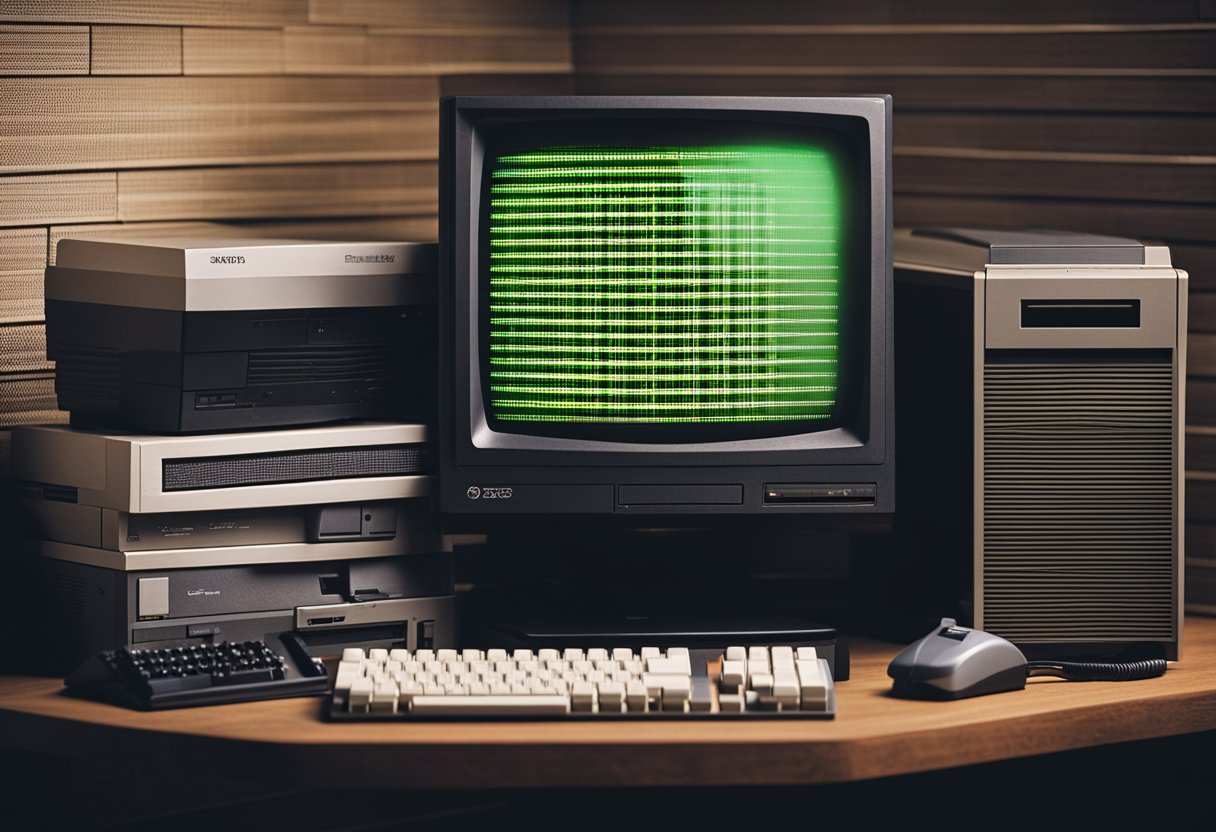
When diving into classic DOS games, players may encounter various issues. Common problems include compatibility challenges and graphical glitches. Knowing how to tackle these issues can enhance the gaming experience.
Dealing with Compatibility Problems
Classic DOS games may not run smoothly on modern PCs due to compatibility issues. First, ensure the game meets your system's requirements. Check if the game is compatible with the version of DOSBox or other emulators being used.
To address compatibility, configuring DOSBox is crucial. Adjust settings in the DOSBox configuration file. For instance, changing the CPU cycles can improve performance. Using the DOSBox.conf file, define the proper settings specific to the game.
Additionally, some gamers may find it helpful to run the game in a lower resolution. This can reduce strain on modern hardware and resolve display problems. Lastly, some titles may need specific patches, so researching online can yield solutions.
Enhancing Game Stability and Solving Graphics Issues
To enhance stability, players should start by updating graphics drivers on their PCs. This often resolves graphical issues in DOS games. Next, experimenting with DOSBox settings can provide better performance.
Try adjusting the “output” setting in DOSBox to match your display. Switching between "surface" and "direct3d" can change how graphics display.
For games that still struggle with graphics, using a specific graphics mode can help. Running in a compatibility mode can resolve many visual glitches. Players should also consider tweaking in-game settings for lower graphic quality or filtering.
Key Tips:
- Update drivers for better graphics.
- Adjust DOSBox settings for performance.
- Use compatibility modes if problems persist.
Legacy and Impact
The legacy of DOS games is profound, influencing game design and shaping the culture of PC gaming. Many modern games stem from ideas and mechanics that originated in this era. Here’s a look at the specific influences of DOS games on today’s gaming landscape.
How DOS Games Shaped Modern Gaming
DOS games paved the way for many features now standard in gaming. Titles like Doom and Wolfenstein 3D introduced innovative gameplay mechanics such as first-person perspectives. These games influenced genres like first-person shooters, which remain immensely popular today.
Moreover, designers like Davey Wreden, known for The Beginner’s Guide, draw inspiration from DOS-era storytelling and gameplay. He emphasizes how earlier games focused on player agency and narrative depth. Many modern games continue to evolve these concepts, creating richer, more immersive experiences.
Aspects of DOS Gaming in Today's Games
Several aspects of DOS gaming find themselves echoing in modern titles. Retro aesthetics have gained a following, so many developers recreate pixel art styles reminiscent of classics. This nostalgia influences not only the visuals but also game mechanics that emphasize simplicity and challenge.
Multiplayer elements also have roots in DOS games, where local co-op became popular through titles like Mighty Dark. Today, online multiplayer benefits from these foundational concepts, connecting players globally. Aspects of level design and puzzle-solving can likewise trace back to the innovation found in DOS titles.
Who wrote this?
Mudit J on August 21, 2024